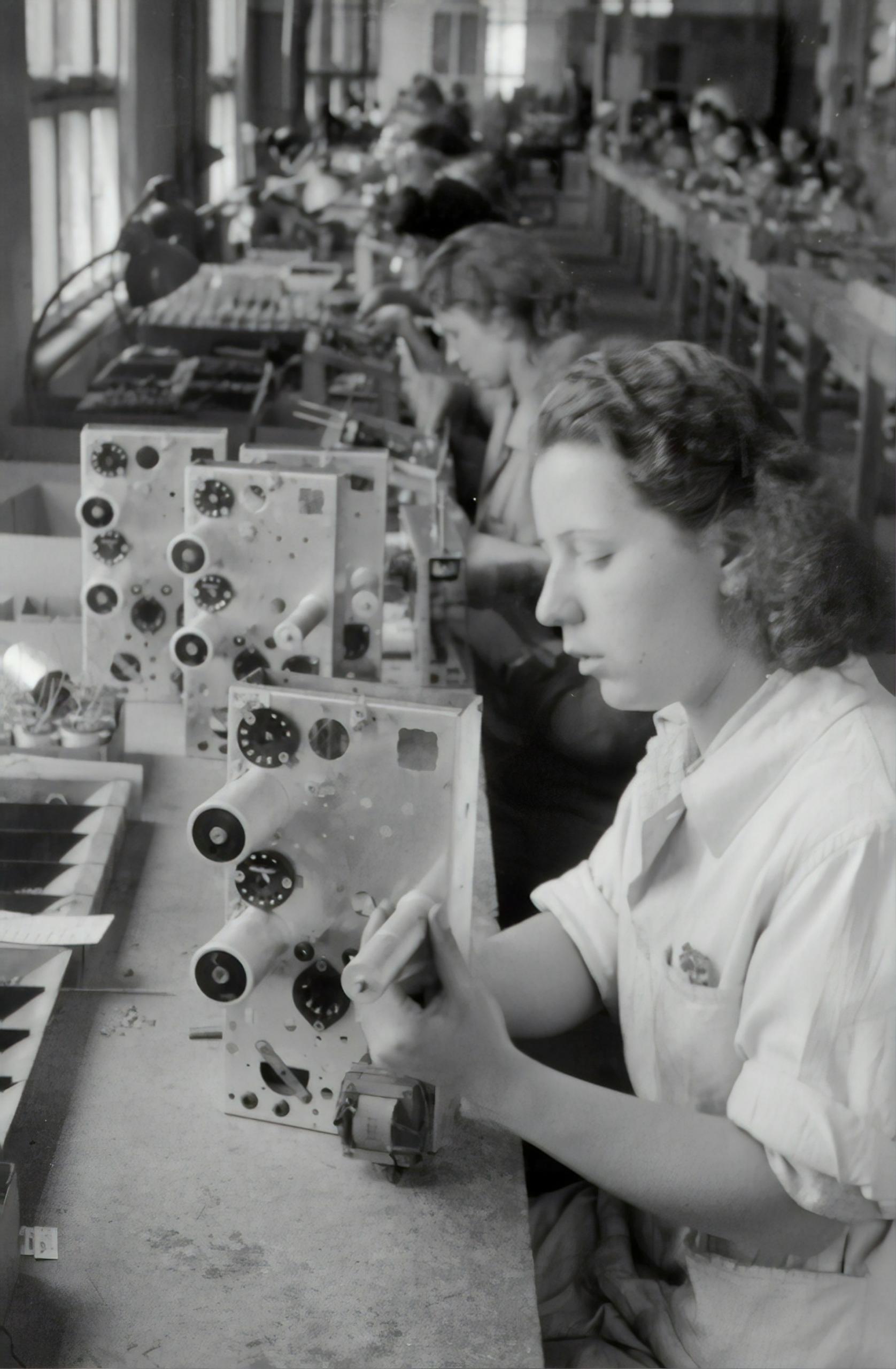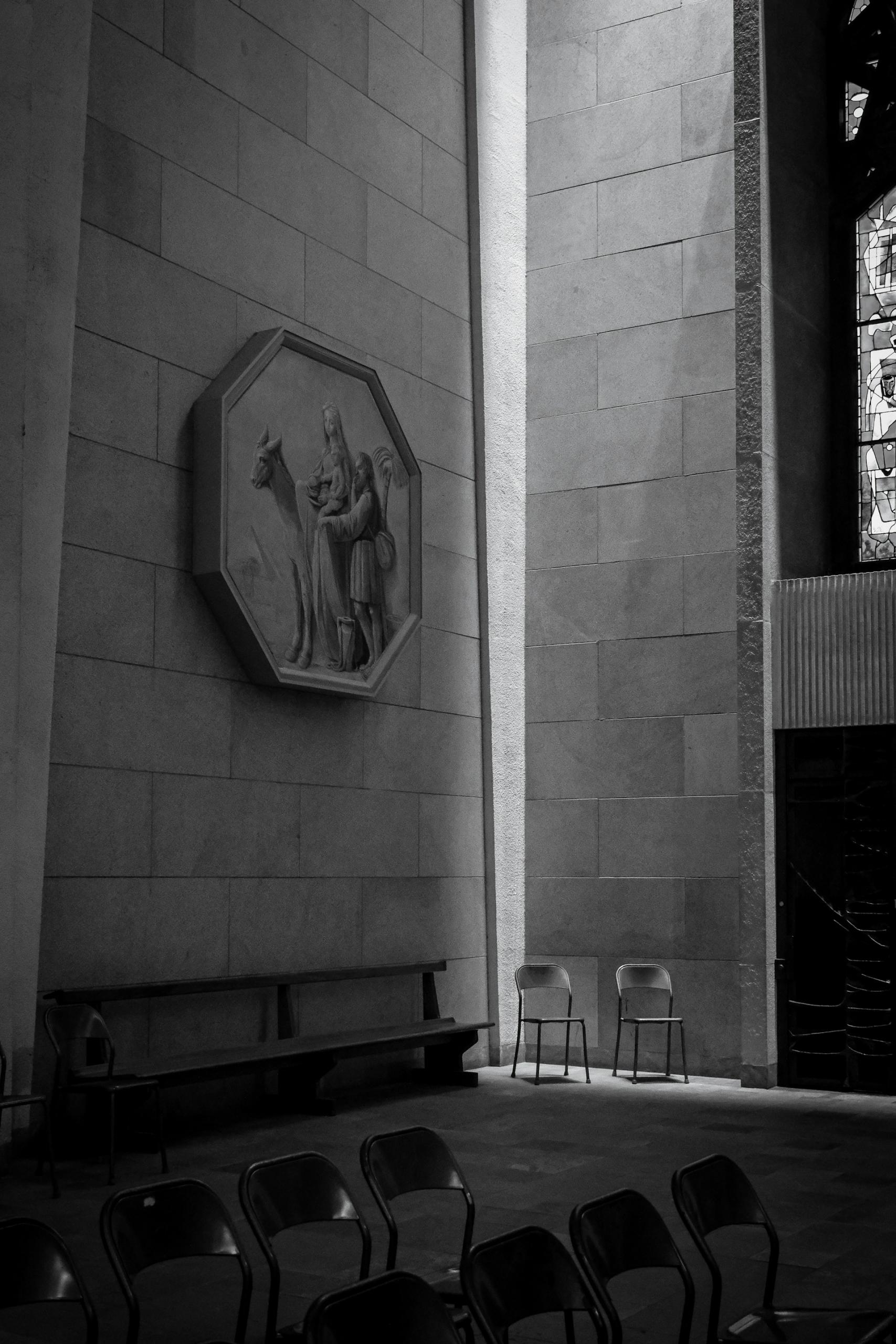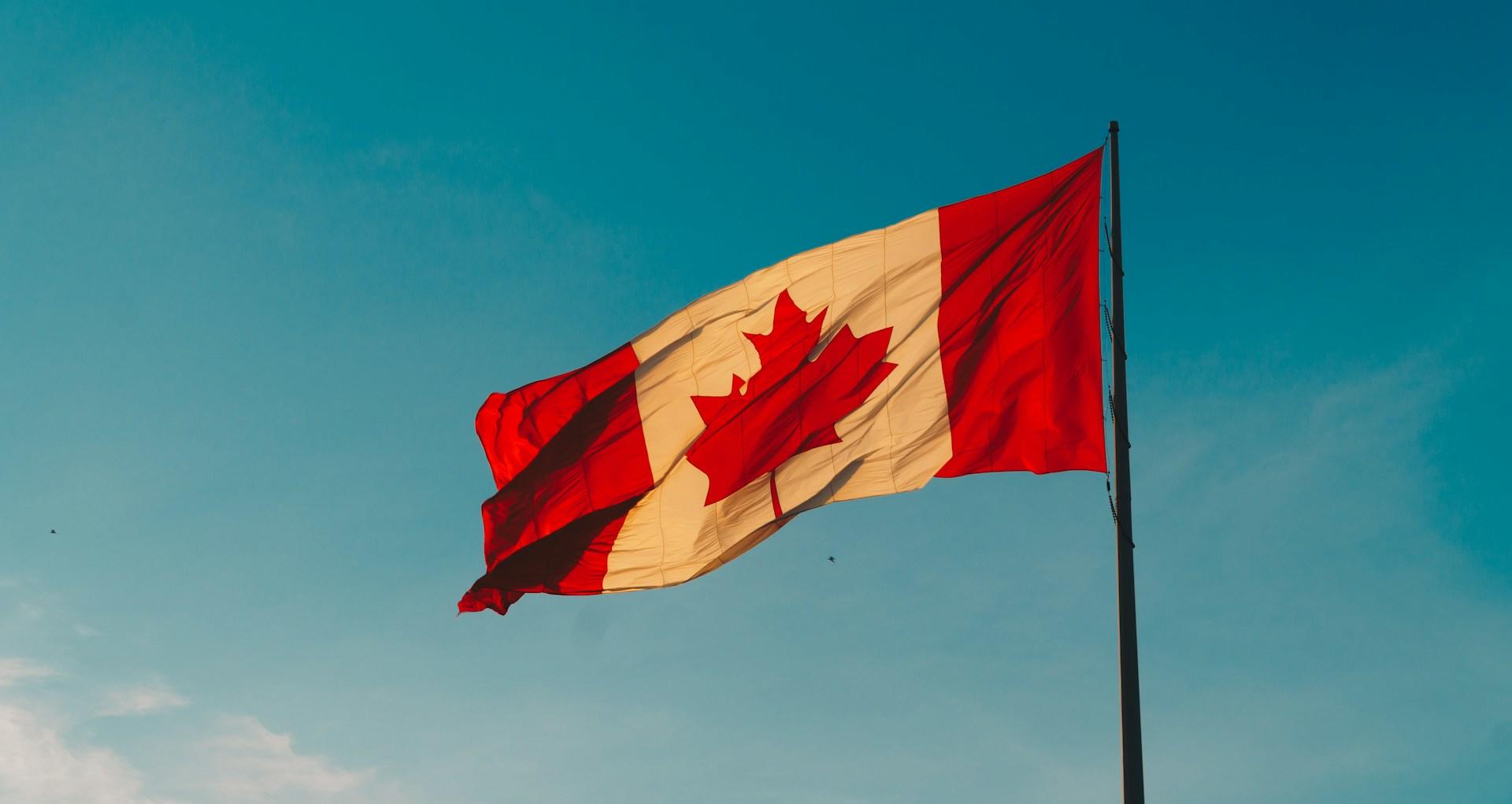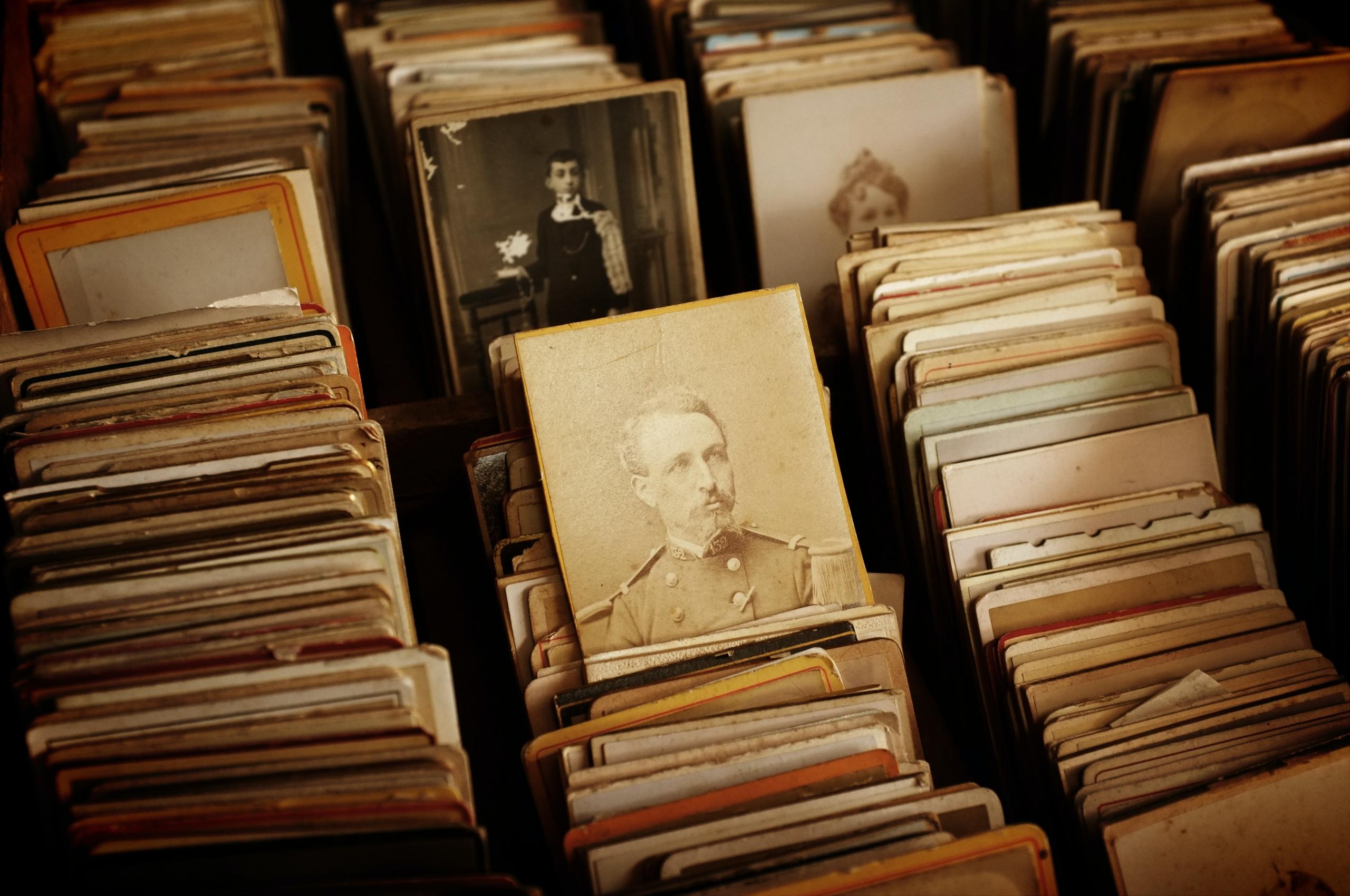What comes to your mind whenever the word history is mentioned? Exhibition at history museums, school libraries or several film festivals about Canadian history?
To have an immersive learning experience of Canada's national history, we will go over these five key Canadian historical events in this article:
- The Canadian Confederation
- Canada in World War I
- Canada in World War II
- Women's Rights Movement in Canada
- The Quiet Revolution in Quebec

The Confederation of Canada
Before Canada became the nation that we know today — consisting of 10 provinces and 3 territories, it was divided under the British North American colonies according to their geographical locations.
Under the leadership of John A. Macdonald, George-Étienne Cartier and George Brown, the Province of Canada (modern-day Ontario and modern-day Quebec) was combined on February 10, 1841.
A key leader who represented the French Canadian community and played a huge role in bringing Quebec into the Confederation. He also initiated the development of the Canadian Pacific Railway (CPR) when John A. Macdonald became the first prime minister of Canada.
Recognizing the importance of having a strong federal system for the provinces and the need to gain more independence from the British government, these key leaders formed the Great Coalition and embarked on a series of negotiations and discussions with other provinces.
To kickstart their campaign, the Great Coalition met up with delegates from the Maritime Provinces (Nova Scotia, New Brunswick, and Prince Edward Island) at the Charlottetown Conference in 1864. Eventually, only Nova Scotia and New Brunswick agreed to join the Confederation. Prince Edward Island decided not to join this round.
The next conference in Quebec (which took place in the same year) saw further discussions among the delegates on the legislation and federal power distribution among the provinces, the designation of Ottawa as the capital as well as the introduction of the 72 Quebec Resolutions to ensure the rights of the French Canadian community.
Finally, the bill of the Canadian Confederation was approved in London under the British North America Act on March 29, 1867. The union of the Province of Canada, Nova Scotia and New Brunswick were later known as the Dominion of Canada on July 1, 18671.
Eventually, the Canadian Federation expanded with more inclusion of new provinces and territories. In 1999, Nunavut became the final territory to form Canada after 132 years.
The Key Happenings in Canada During World War I
Under the Canadian Expeditionary Force (CEF), many Canadian men volunteered to serve together out of national patriotism during the First World War with the Allied forces after the British government declared war against Germany on August 4, 1914.
However, conscription was later introduced by the Canadian government to increase the number of Canadian troops as the war progressed. This decision caused a huge division among the Canadians, especially among the French Canadian people in Quebec.
Additionally, several legislations such as the War Measures Act (1914), the Military Service Act (1917) and the Income War Tax Act (1917) were implemented to maintain order, political and economic security in the country while supporting the ongoing war efforts overseas.
Throughout the war, the Canadian Troops participated in many battles over four years.

Some of the memorable battles that they fought in include the Second Battle of the Ypres (1915) which saw how the Canadian Troops braved the chlorine gas attack by the Germans, the Battle of the Somme (1916) and also the Battle of Vimy Ridge (1917) which saw how the Canadian Troops fought bravely and victoriously.
When it comes to the situation at home front, the First World War accelerated the urbanization process in the country. This in turn encouraged more participation of Canadian people (both men who stayed and women) in the workforce, playing a huge role in advancing women's rights gradually in Canada.
On November 11, 1918, the First World War came to an end. To remember and commemorate the sacrifices of the Canadian army during the war, Remembrance Day is celebrated every 11th of November in Canada.
As a nation, Canada also gained more international recognition and independence from the British government due to their contribution during the war.

The Impacts of Canada's Participation In World War II
After 21 years, Canada once again participated in the Second World War, this time as an independent nation in September 1939.
With an increased Canadian military army, the Canadian troops played a huge role in some of the major battles of World War II like the Battle of Britain in 1940, the Battle of Hong Kong in 1941, and the Invasion of Normandy (also known as D-Day) on June 6, 1944.
At the same time, Canada was also experiencing major shifts in their economic, social, and political spheres on the home front.
Firstly, war production was at full force, especially in terms of weapon and aircraft production. This led to many establishments of factories, with a greater demand for labour beyond the agriculture field. The country was transitioning to an industrialized nation — the economy of the country improved greatly.
Secondly, the rapid growth of the country's economy acted as a great reason to encourage more women's participation in the workforce. Apart from coming out to work in factories as a way to support their family financially in the absence of their male family members, many Canadian women also took this opportunity to work in special divisions in the armed forces, as a way of contributing to the country's war effort.
Thirdly, there was also increased discrimination and racism towards the Japanese Canadian people in the country. Influenced by the invasion of Japan on Pearl Harbour and the Battle of Hong Kong, Japanese Canadians living in Canada were forced to leave their original residential areas and city, where they underwent forceful internment by the Canadian government beginning from February 22, 1942. This historic event is undeniably one of the darkest moments in Canadian history.
After the Second World War ended, Canada also became a member of the United Nations, increasing its diplomatic presence and influence as a nation.
The Women's Rights Movement in Canada
We can't talk about Canadian history without mentioning the significance of the women's rights movement, which paved the way for many important historical milestones and developments in the country. The early focus of the women's rights movement in Canada centred around religion and education rights.

Soon, women began to form organizations like the Woman's Christian Temperance Union in Canada (WCTU) and the National Council of Women of Canada (NCWC) to discuss ways to improve women's participation in public life such as pay equity in the workplace and also, suffrage rights.
Suffrage rights made up a big part of the women's rights movement in Canada, with the awareness spreading to different provinces and regions such as Manitoba, Ontario, and British Columbia by key leaders like Margret Benedictsson and Nellie McClung.
Manitoba eventually became the first province in Canada to grant voting rights to women on January 28, 1916 2.
Another key milestone of the women's rights movement in Canada is none other than the famous Person's Case. After gaining voting rights, more women wanted to participate in national politics and run for higher positions at the federal level, like the Senate. However, women were not acknowledged and recognized as qualified "persons" under section 24 of the British North America Act (BNA Act). Previously, the act only legally acknowledged the qualified persons to run for Senate as men, without including women.
This realisation prompted The Famous Five — Emily Murphy, Irene Parlby, Louise McKinney, Nellie McClung, and Henrietta Muir Edwards to seek clarification from the Supreme Court on the definition of "person". Initially, the Supreme Court rejected the notion that the person mentioned in section 24 included women.
However, the Famous Five brought this case to the Judicial Committee of the Privy Council (the highest Canadian court during that time) and received a favourable response on 18 October 1929. The council reversed the result of the Supreme Court, whereby women are now included as persons under the act, therefore they can run for Senate.
The success of this historic event created a strong legacy and foundation to ensure equality for Canadian women in all fields. This led to the amazing participation and achievements of women in the military and even the Science, Technology, Engineering and Mathematics (STEM) fields in the many years to come.
The Quiet Revolution in Quebec
Finally, let's talk about the impact of the Quiet Revolution in Quebec. The Quiet Revolution marked the start of three major happenings in the Quebec community. First, the beginning of the secularization of the province of Quebec.

Previously, the Catholic Church had a huge influence over the Quebec people, in terms of upholding traditional values and even control over schools.
When Jean Lesage, the Quebec Liberal Party won the 1960 election, it marked a political and social shift in the province. Lesage set up a ministry of education and even lowered the voting age from 21 years old to 18 years old. More money was allocated to the training of the young people and the development of the local community.
Secondly, private electronic companies were nationalized under Hydro-Québec in 1962. This played a huge role in ensuring economic stability and equality for the Quebec community where the local economy was dominated by American companies.
Last but not least, the Quiet Revolution also pushed for the protection and recognition of the French language and heritage in Quebec and also in Canada. After the Quiet Revolution, the Canadian government introduced the Official Languages Act 3 on 7 September 1969, which made Canada a bilingual country with two official languages — English and French.
Discover The History of Canadian Indigenous Peoples With Superprof
Now that you have reviewed these five key historical events in Canada, you might have noticed that there is a lack of mention of Indigenous people and the black community. That's because for many years, the Indigenous community in Canada and the black community were not included in many major national decisions of the country.
This could be a turning point for you to develop a new understanding of the Canadian people as a whole when you explore other topics in Canadian history like black history month or the heritage of the Indian community and Canadian Indigenous people.
Perhaps, you might have heard about bits and pieces of these topics through a museum exhibition, a movie festival or a brief history lecture at your school library.
To dive deep into these topics comprehensively, you'll certainly need the guidance of an experienced history tutor. At Superprof, you can easily locate an experienced tutor near your city (for example, Montreal, Halifax or Toronto) and have the best history learning sessions.
An experienced history tutor can share many interesting perspectives on Canadian history and its relationship with the Indigenous community to strengthen your understanding while offering you useful examination tips if you are preparing for an important history exam.

Additionally, you can also opt for flexible online lessons depending on your learning needs and preferences.
Just head to the Superprof Canada homepage and start browsing the profiles of tutors who offer online history lessons.
After reviewing their basic information, you can contact them directly via the inbox feature to arrange for your first history lesson.
We hope this article has helped you appreciate Canada's national history through different historical events and inspired you to develop a greater passion towards this subject.
References
- Dominion of Canada. The Canadian Encyclopedia. (2006, February 7). https://www.thecanadianencyclopedia.ca/en/article/dominion
- Women's Suffrage in Manitoba. The Canadian Encyclopedia. (2016, May 6). https://www.thecanadianencyclopedia.ca/en/article/womens-suffrage-in-manitoba
- Official Languages Act (1969). The Canadian Encyclopedia (2006, February 7). https://www.thecanadianencyclopedia.ca/en/article/official-languages-act-1969

























